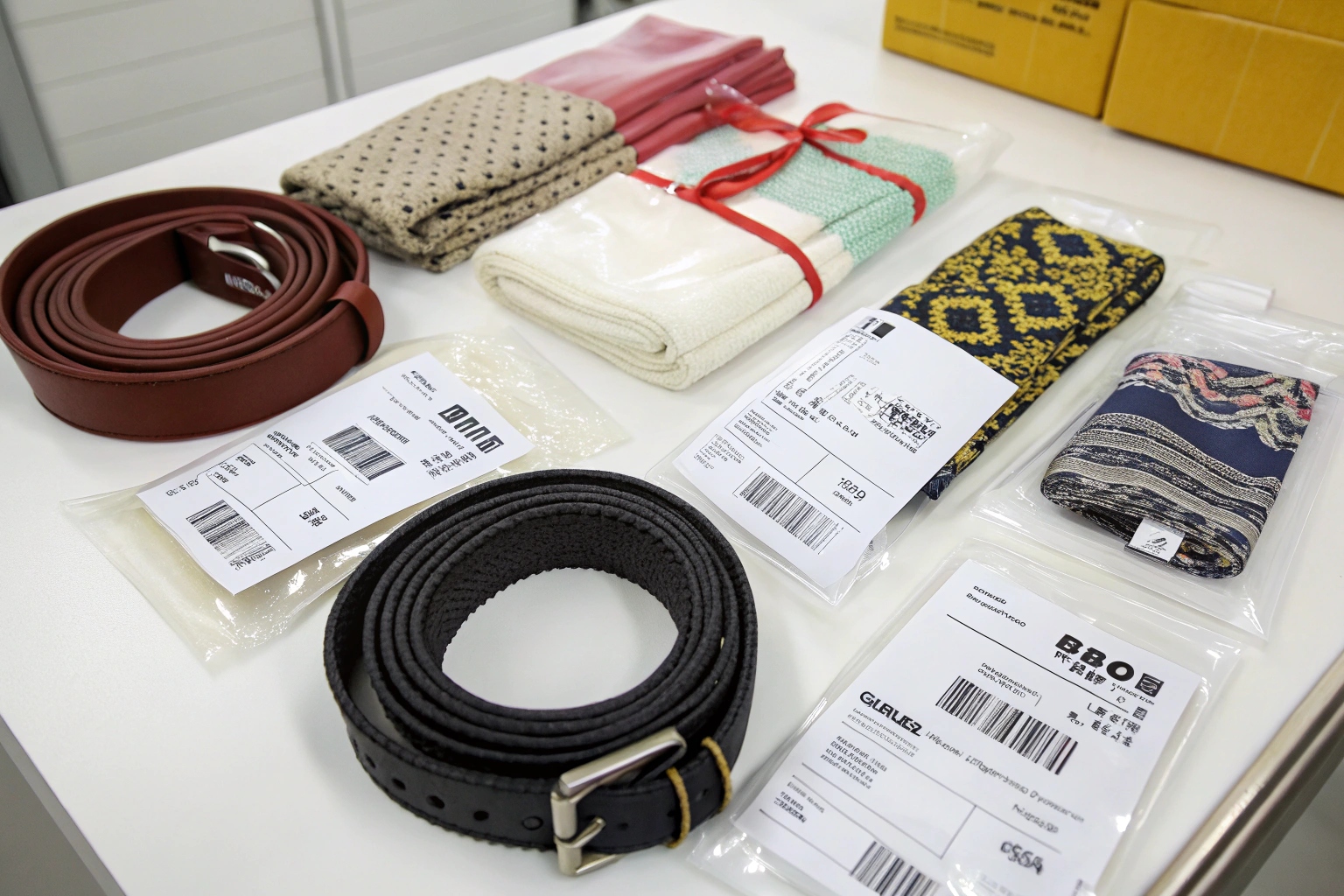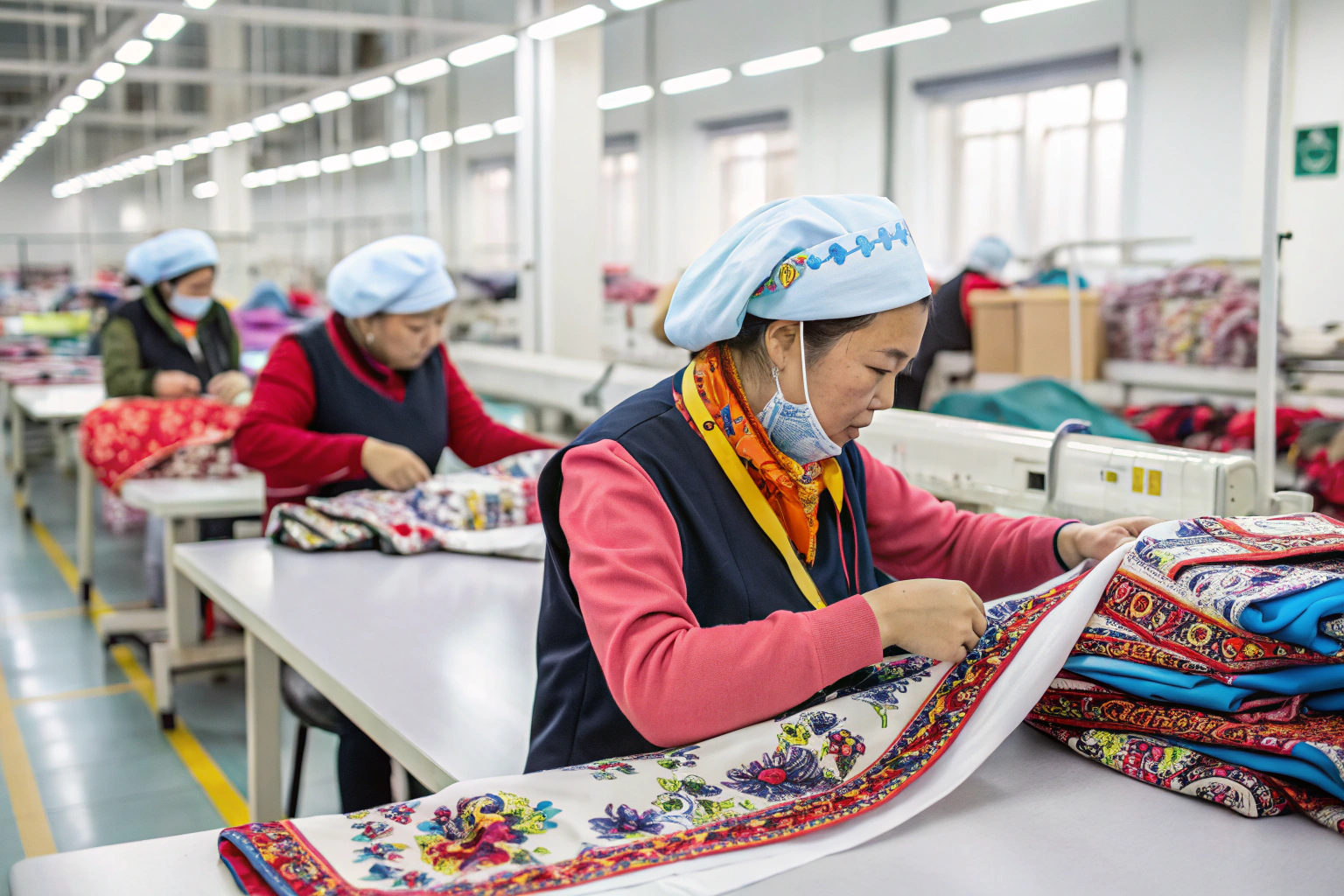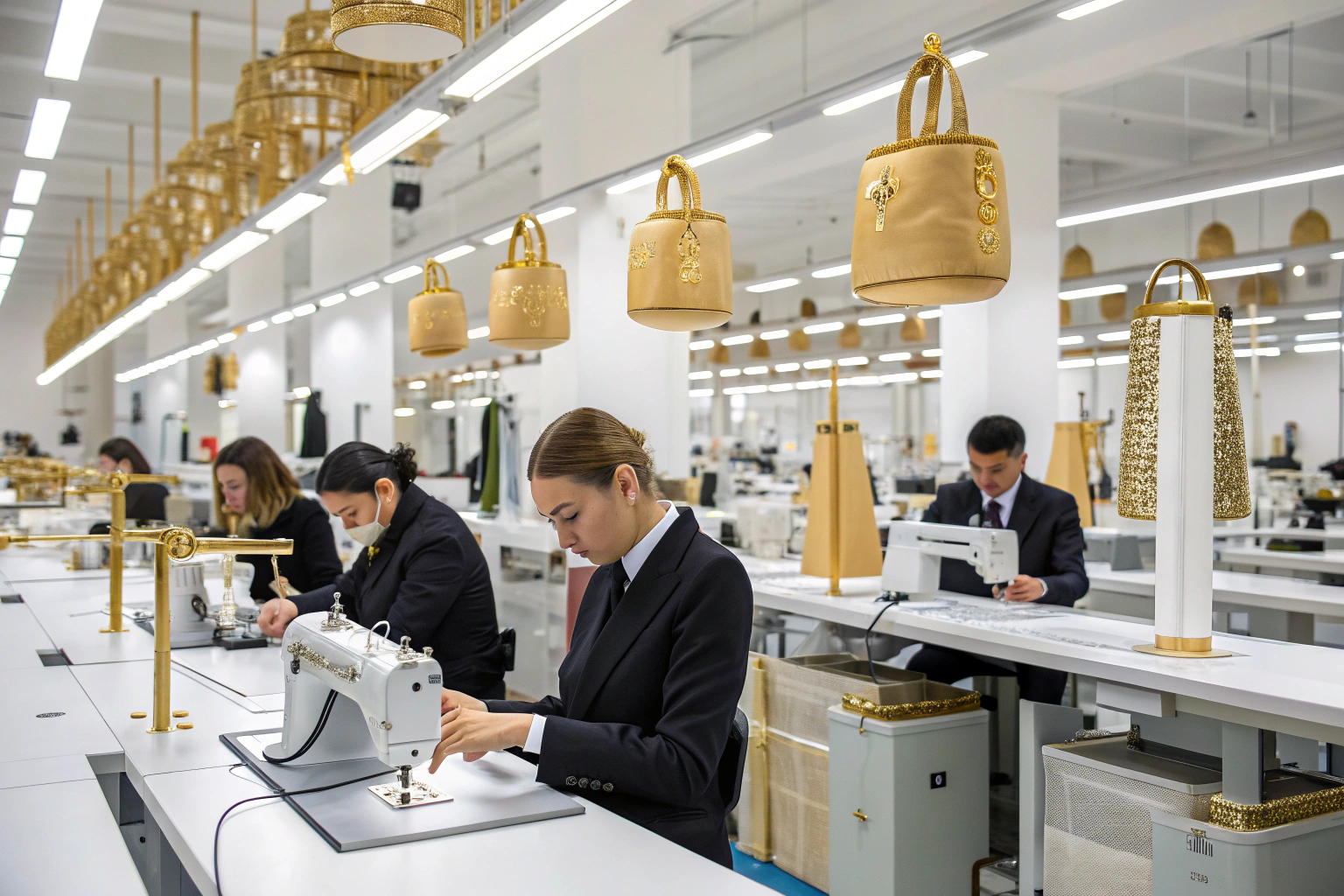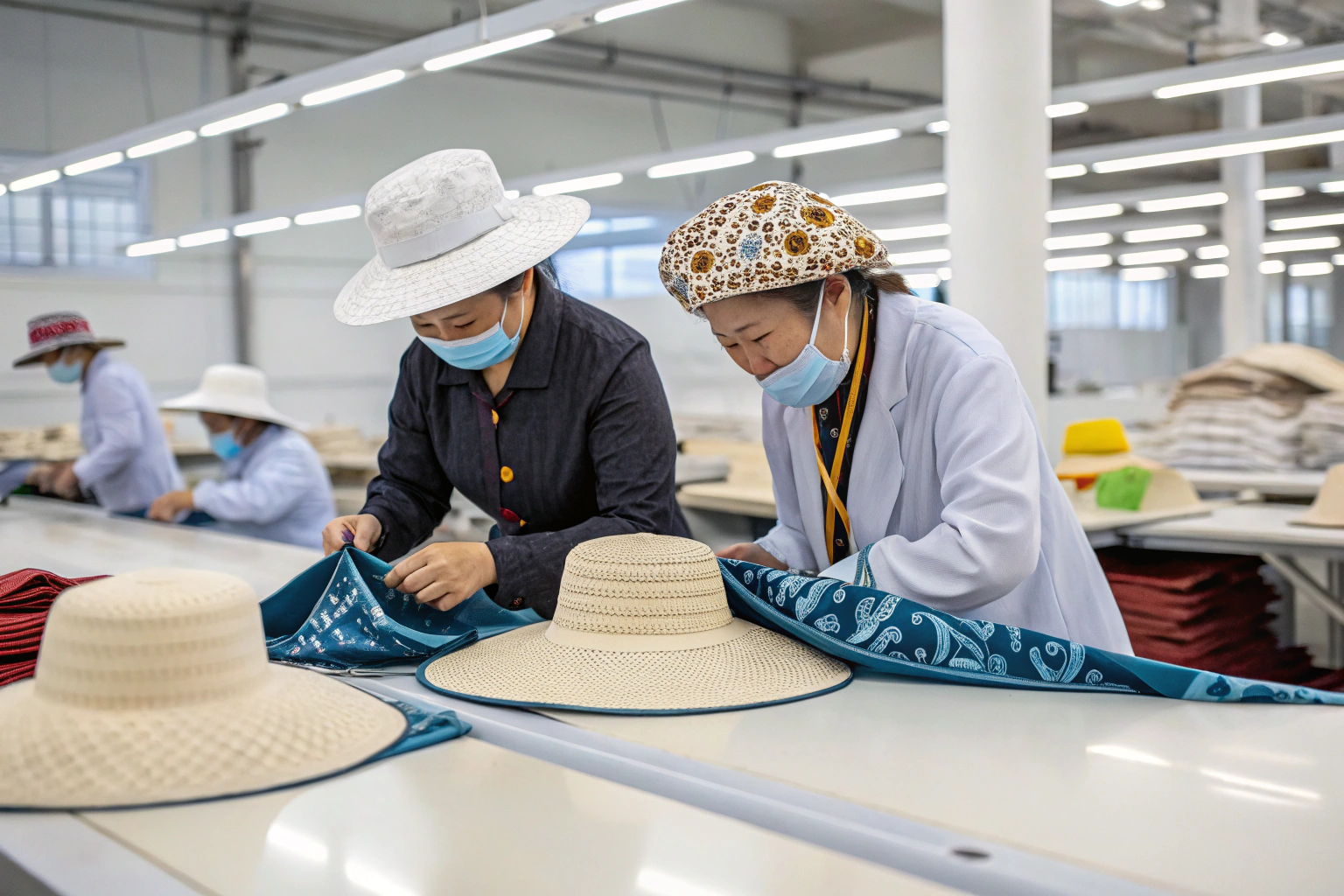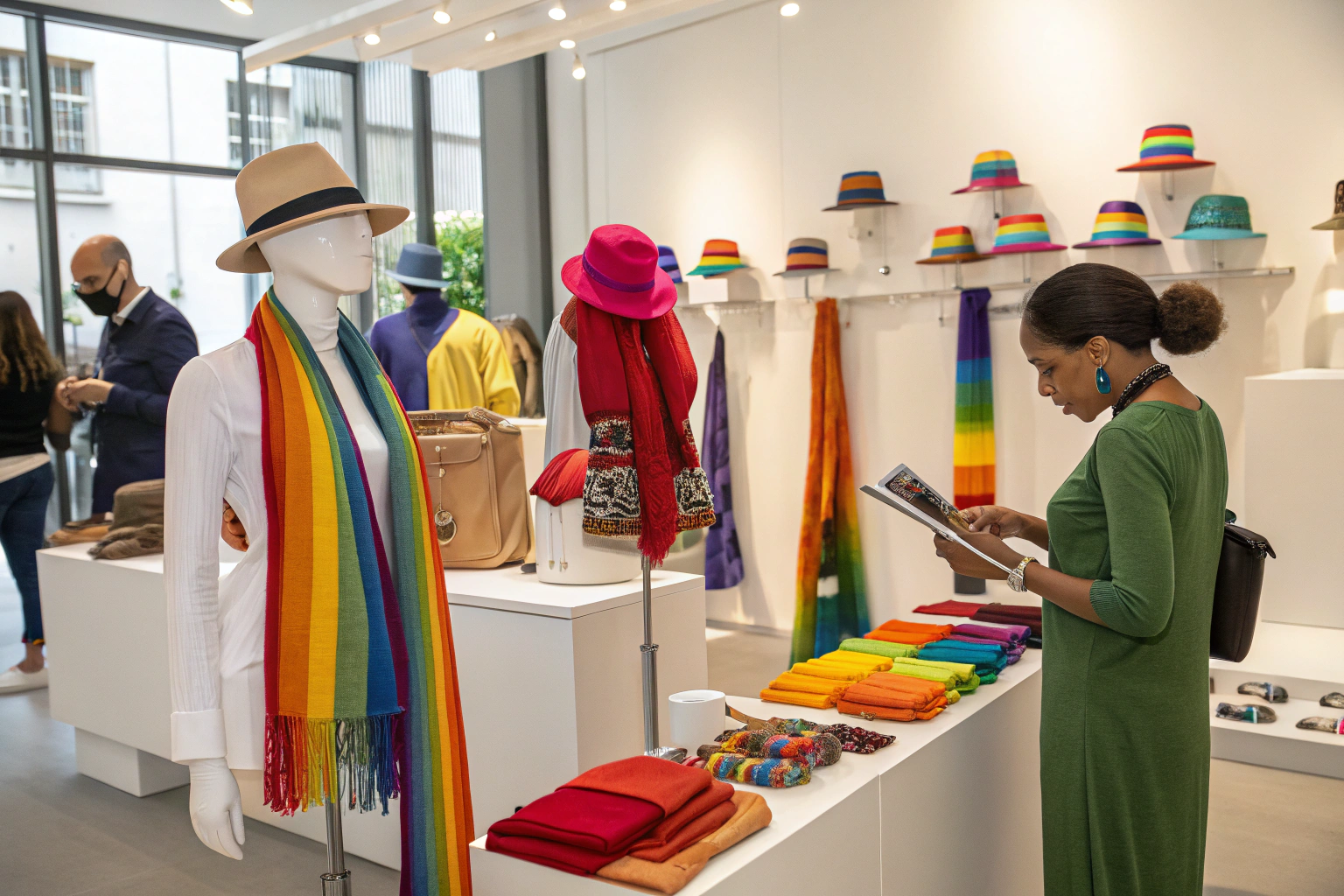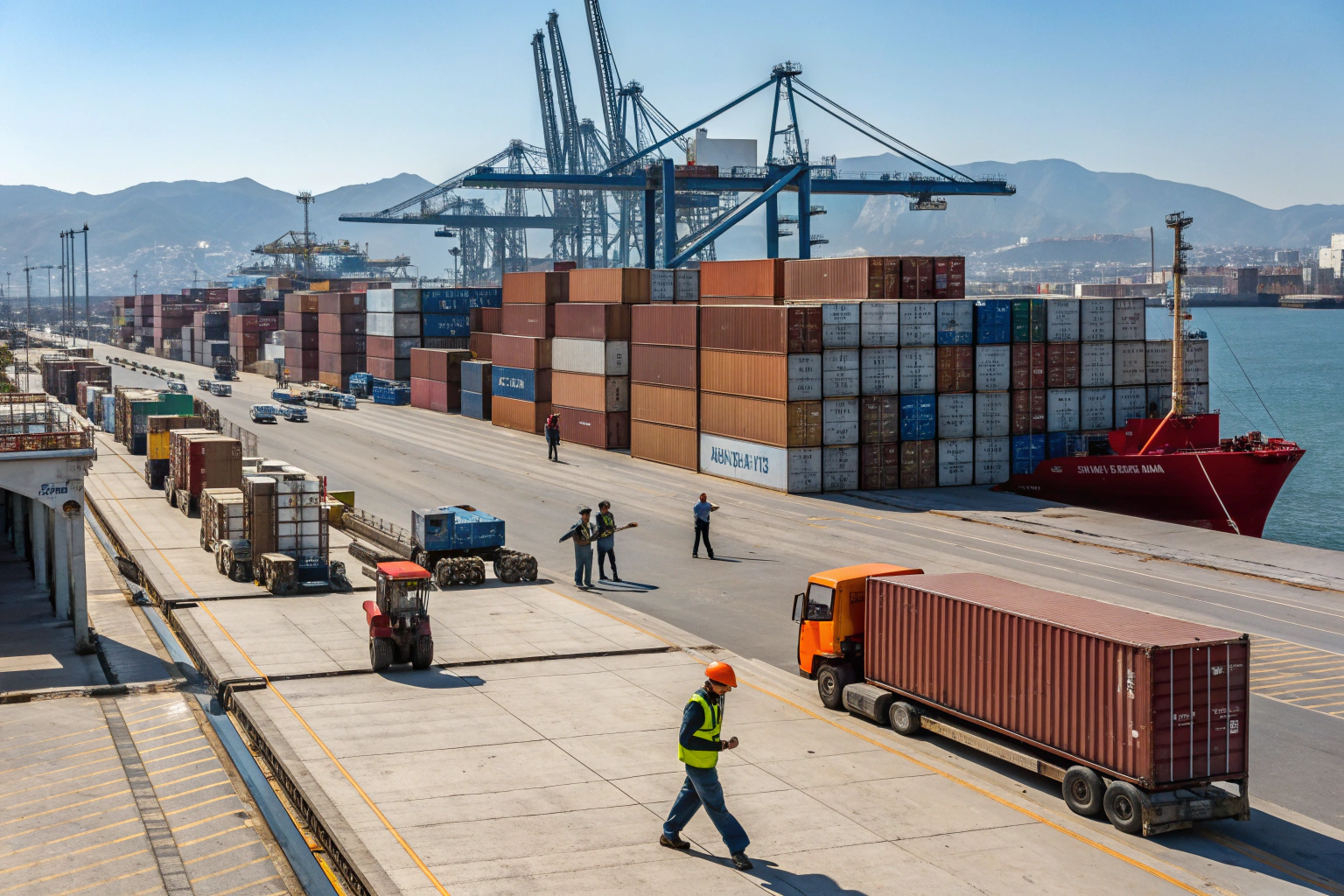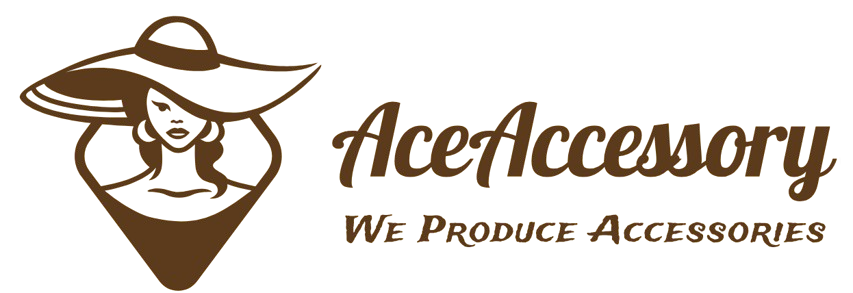Brazil is one of the largest and fastest-growing consumer markets in Latin America. But shipping accessories like belts, scarves, and hair clips into Brazil isn’t as simple as printing a label and calling FedEx. The country has some of the world’s most detailed and bureaucratic import regulations.
If you’re not compliant with Brazil’s shipping, tax, and labeling laws, your cargo could be delayed, fined, or rejected outright.
At AceAccessory, we’ve supported several American and European clients shipping our made-in-China accessories into Brazil for both retail and online sales. Here’s what we’ve learned that can help your shipments pass through Brazilian customs efficiently and legally.
What Customs Requirements Apply to Fashion Accessories in Brazil?
Before your accessories even arrive in Brazil, you’ll need to align with their customs protocols. Brazil uses a digitized import system—but enforcement is strict.
All accessories must be pre-declared, coded correctly, and match NCM (Mercosur Common Nomenclature) classifications.
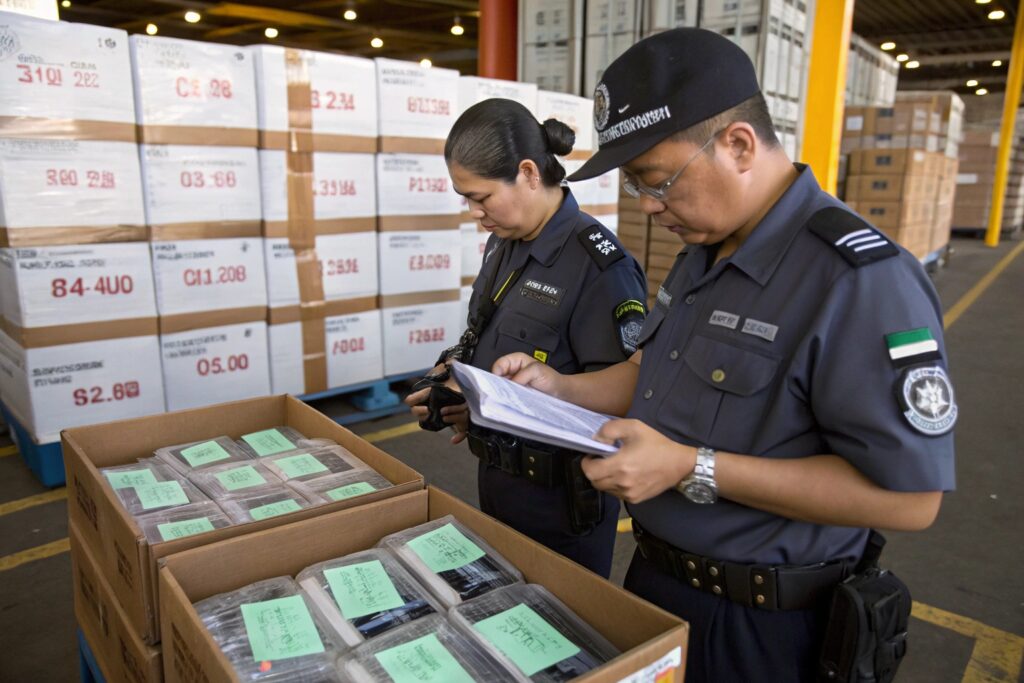
What Is the NCM Code and Why Is It Important?
The NCM is Brazil’s version of the international HS code system. Every accessory must be coded properly:
- Belts (leather or synthetic): 4203.30.00 or 6217.10.00
- Scarves and shawls: 6214.30.00
- Hairbands or clips: 9615.11.00
Incorrect coding can lead to delays or fines. Brazil’s customs database (SISCOMEX) allows importers to check tariff classifications.
What Must Be Included in the Commercial Invoice?
The invoice must include:
- Full description in Portuguese
- NCM codes for each product
- Unit price, total value, weight
- Country of origin (e.g., China)
- Importer’s CNPJ (tax ID)
You can review sample invoice formats on Export.gov’s Brazil guide.
What Labeling Standards Must Be Followed?
Brazil is meticulous about product labeling, especially for fashion accessories sold through retail.
If your product lacks required Portuguese labels, it cannot be legally sold—even if it clears customs.
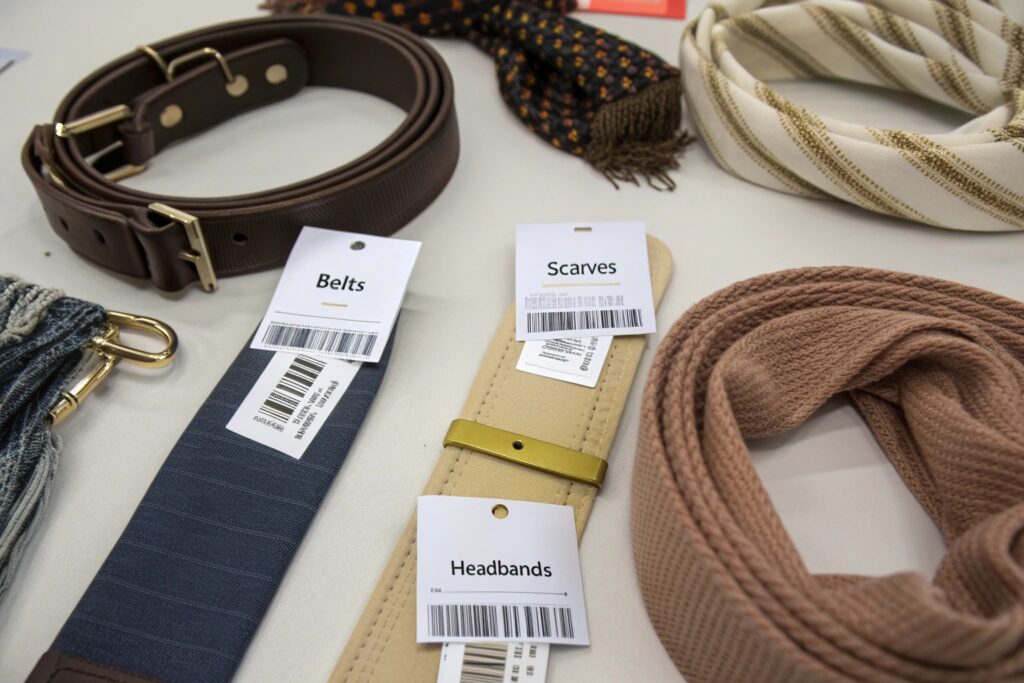
What Information Must Be Printed on Product Labels?
Brazilian labeling rules require:
- Product name and function
- Material composition (e.g., 100% polyester)
- Country of origin (e.g., Feito na China)
- Care instructions
- Manufacturer or importer CNPJ number
Check Brazil’s official INMETRO labeling guide for more specifics.
Are There Special Rules for Children’s Accessories?
Yes, especially hair clips, bands, or gloves marketed to children:
- Products must carry safety warnings in Portuguese
- Sharp edges and small parts must comply with INMETRO safety standards
- Label must include age grading and visible warnings
You can explore further regulations via ABNT NBR standards.
What Are the Taxation Rules and Duties on Accessories?
Brazil is known for its complex tax regime. When importing accessories, total landed cost can be up to 90% above CIF value depending on state.
Failing to plan for Brazil’s taxes can crush your profit margins.
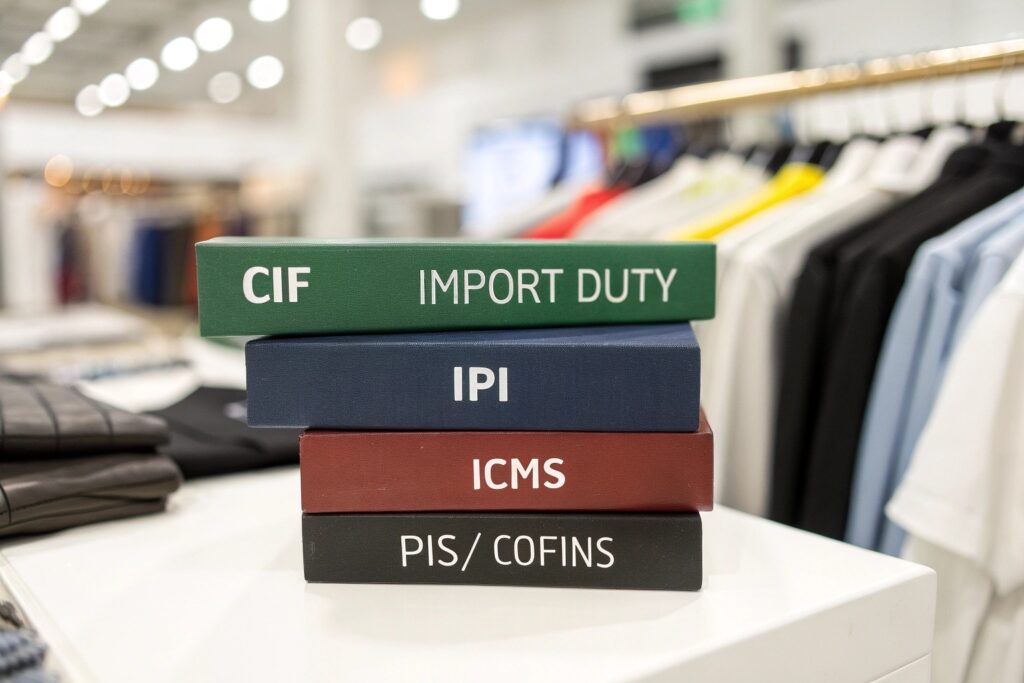
What Taxes Are Common for Accessory Imports?
The key taxes include:
| Tax Type | Description | Typical Rate |
|---|---|---|
| II | Import Duty | 16%–35% |
| IPI | Industrial Product Tax | 10%–15% |
| ICMS | State VAT | 7%–18% |
| PIS/COFINS | Federal Taxes | ~9.65% |
Some tax rates vary by accessory type and state of entry. Use Brazil’s Receita Federal Simulator to estimate your cost breakdown.
Is Drawback or Duty Exemption Available?
Yes, through:
- Drawback Suspension: If you import inputs and re-export finished goods
- SISCOSERV exemptions: For services related to export operations
Many clients apply for simplified RECOF-SPED programs if they ship in bulk monthly.
Which Shipping Methods and Documents Work Best?
Shipping into Brazil isn’t just about choosing the fastest courier—it’s about choosing the method that clears customs cleanly.
The most successful accessory shipments to Brazil use ocean freight with pre-arranged customs brokerage.
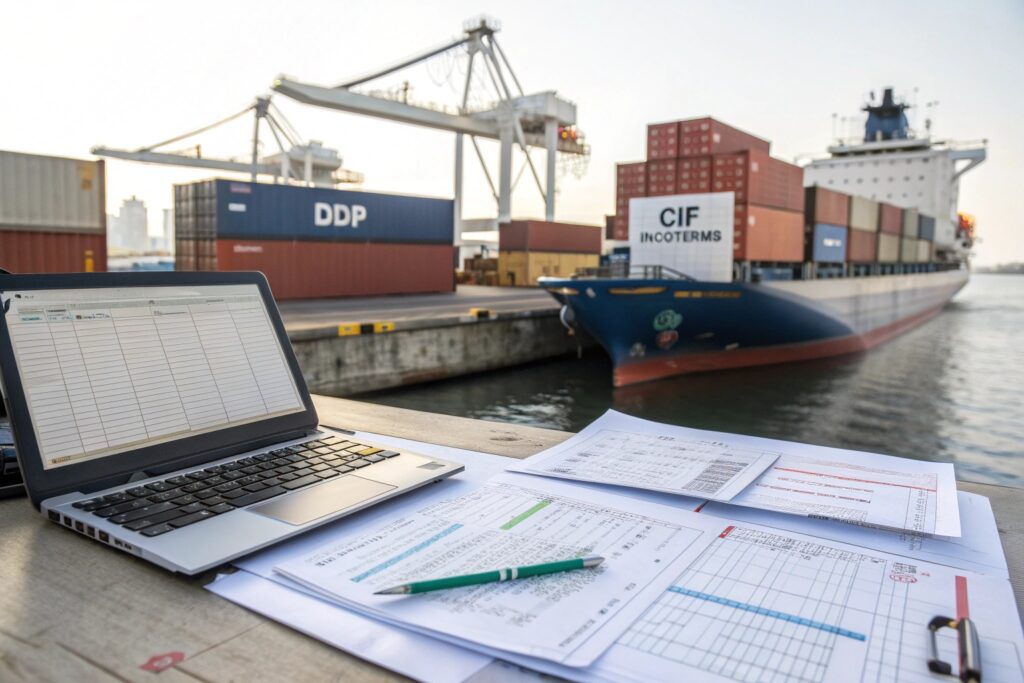
Should You Use DDP, CIF, or FOB?
- DDP (Delivered Duty Paid): Recommended if your client has no import license. You or your forwarder handle all customs.
- CIF (Cost, Insurance, Freight): Buyer handles clearance, good for experienced importers.
- FOB (Free On Board): Risky unless your client has full control.
AceAccessory regularly partners with DDP forwarders for bulk shipments to Brazil.
What Documents Are Required for Smooth Entry?
To clear customs, your shipment must include:
- Commercial invoice (in Portuguese)
- Packing list
- Bill of lading
- Certificate of origin
- Import Declaration (DI) or Simplified Declaration (DSI)
Brazil also uses the SISCOMEX platform for import declarations, which your buyer must submit if they hold the import license.
Conclusion
Shipping accessories into Brazil can feel overwhelming—but it doesn’t have to be. If you work with an experienced manufacturer who understands Brazilian labeling, invoicing, NCM codes, and taxes, you can avoid the biggest headaches.
At AceAccessory, we’ve helped clients ship belts, gloves, scarves, and hair accessories into Brazil with zero customs hold-ups. We offer full documentation support, Portuguese labels, HS code confirmations, and flexible packaging to comply with Brazilian standards.

